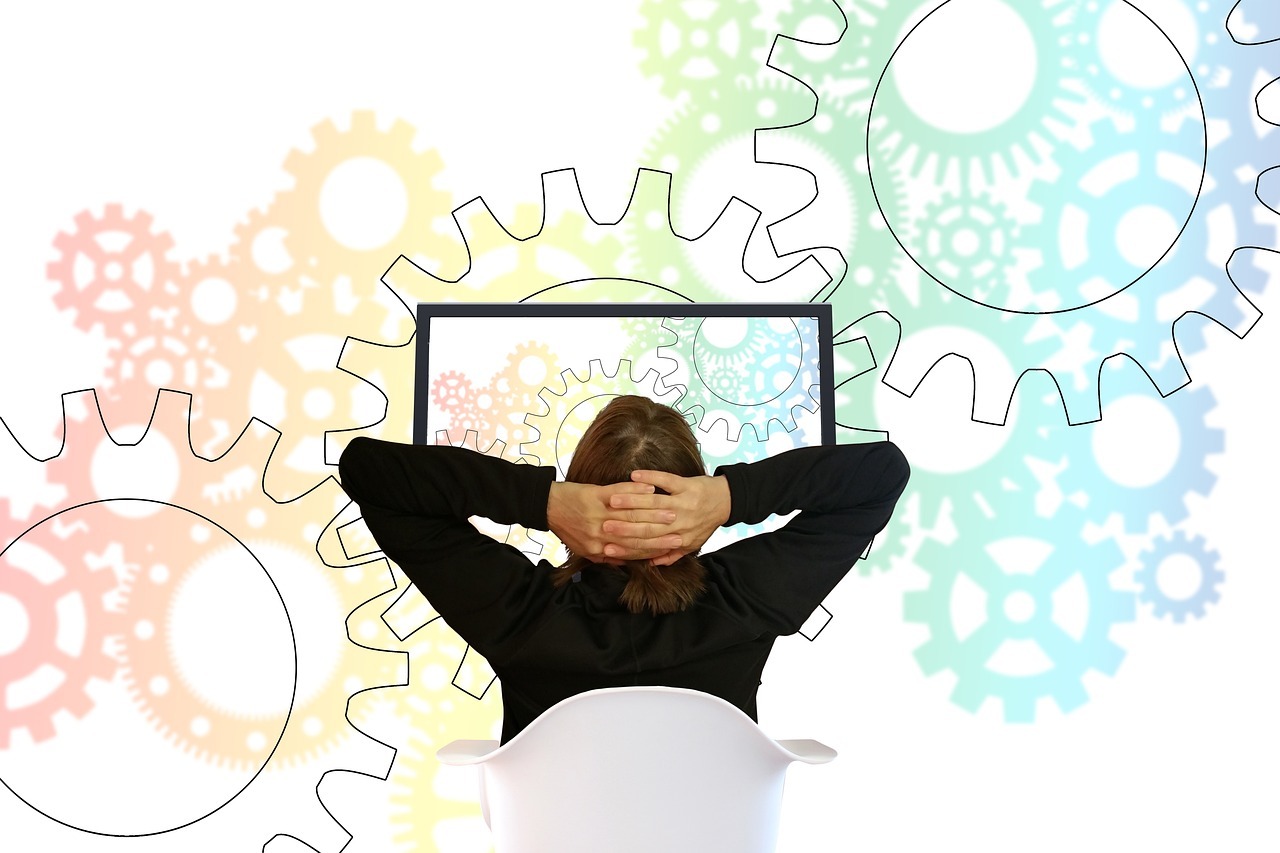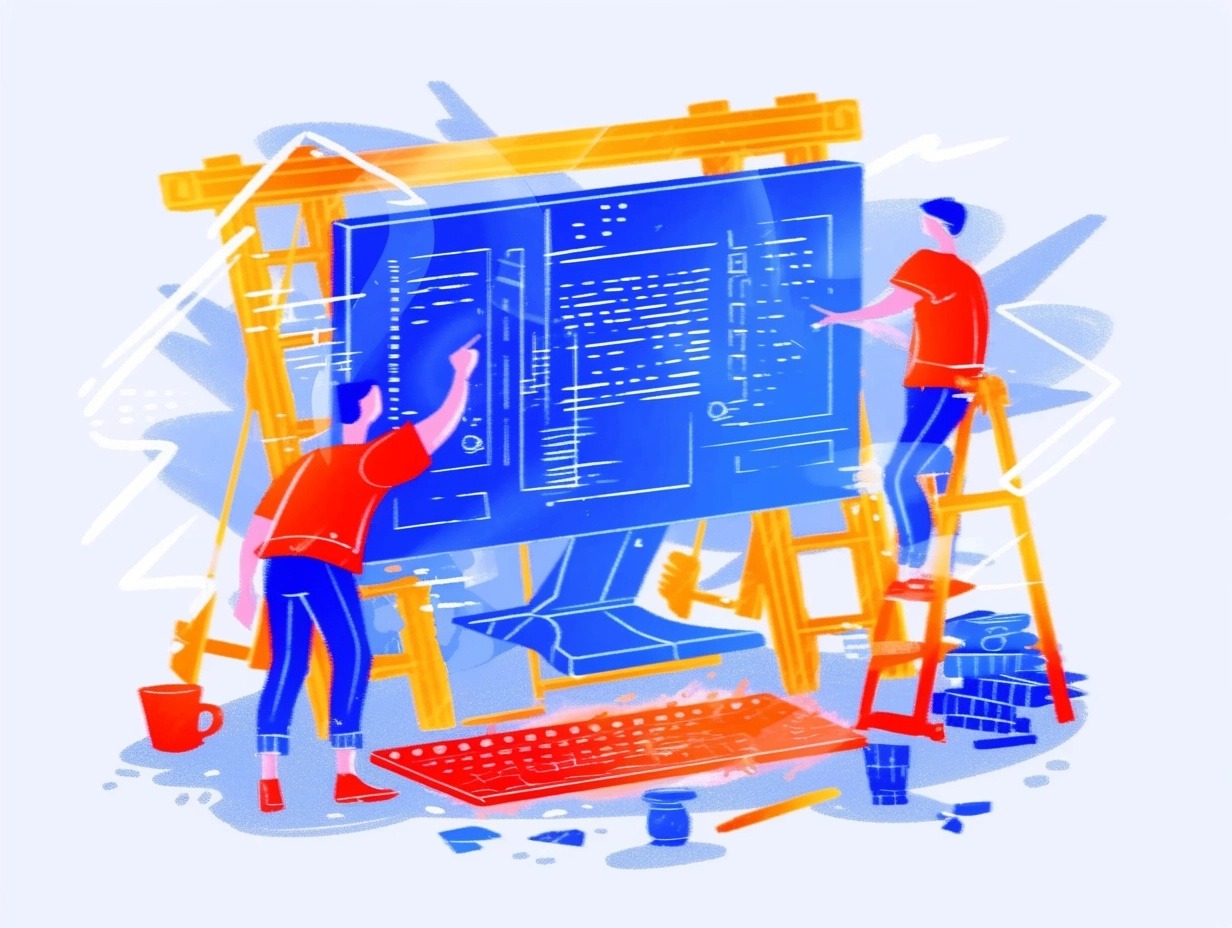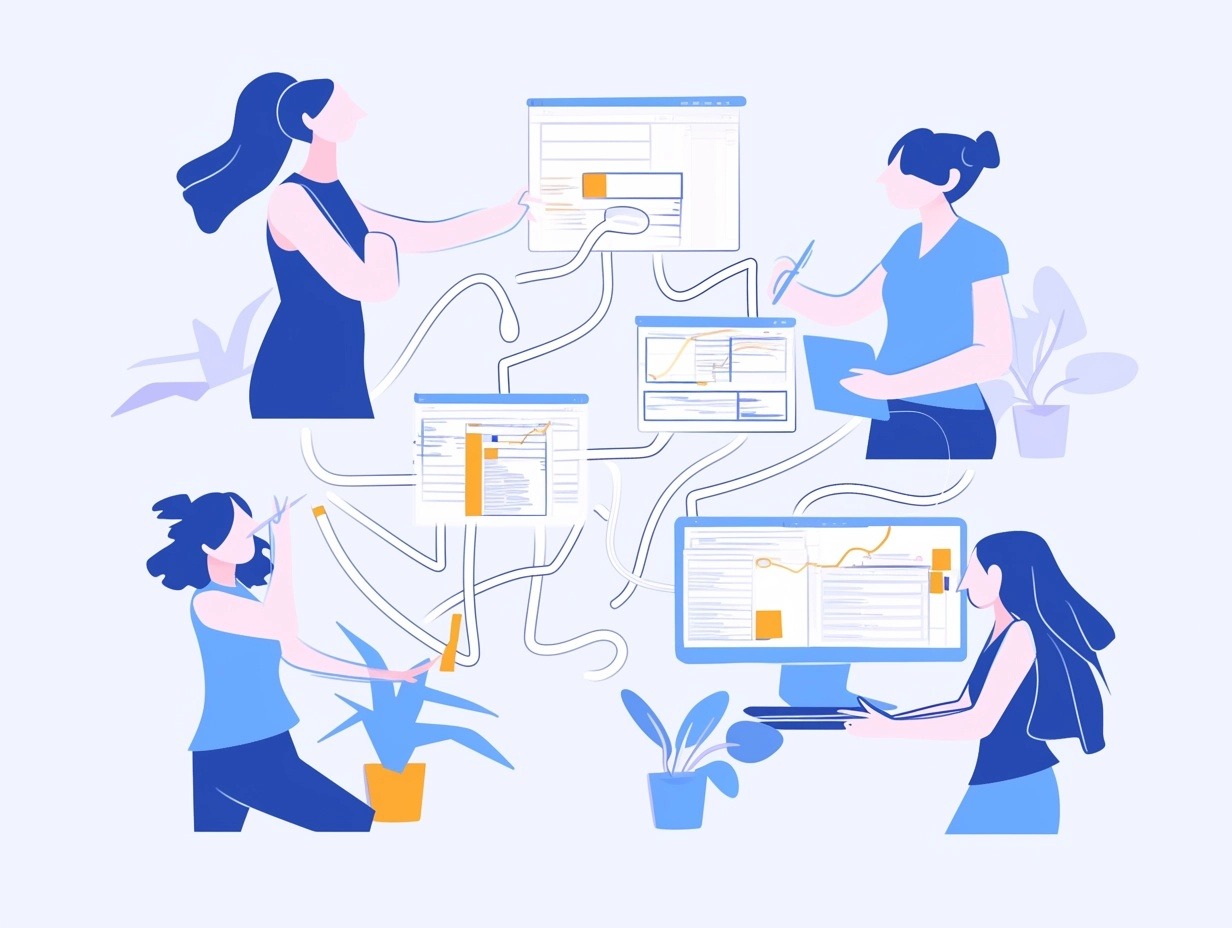Discover practical strategies for lowering expenses and enhancing productivity by adopting smart automation and AI-driven processes in digital advertising.
The Current Landscape: Challenges and Opportunities in Digital Advertising
Digital advertising agencies are contending with a rapidly changing environment marked by escalating operational costs, mounting workflow complexity, and intense marketplace competition. The continuous need to adapt campaign strategies, manage multiple platforms, and deliver better client outcomes has amplified administrative and creative burdens. This pressure is compounded by rising customer expectations for measurable, swift results, often within constrained budgets and shrinking timelines.
In light of these challenges, automation and AI tools have swiftly shifted from optional enhancements to urgent necessities. AI-powered technologies streamline data analysis, automate repetitive tasks, and offer more precise audience targeting. By adopting automation, agencies can reduce manual workload, minimize errors, and allocate resources more strategically. As competition grows fiercer, the agencies that leverage AI to optimize campaigns and improve efficiency stand better poised not just to survive, but to thrive in the digital advertising arena.
Understanding Automation and AI-Enhanced Workflows in Advertising
Automation in digital advertising refers to the use of software and algorithms to streamline repetitive tasks and optimize campaign processes. Artificial Intelligence (AI) goes further by enabling systems to analyze large data sets, make predictions, and improve outcomes through machine learning. Together, automation and AI reshape workflows, reducing manual effort and driving efficiency across the advertising industry.
Available tools and platforms span the entire campaign lifecycle. Platforms like Google Ads and Meta Ads Manager automate campaign management, from bidding to placement. AI-powered audience targeting leverages behavioral data and predictive algorithms to identify high-value segments, ensuring ads reach the most receptive consumers. Analytics platforms, such as Admetrics, harness AI to deliver actionable insights on performance, attribution, and user engagement. For creative optimization, tools like Phrasee or AdCreative.ai use machine learning to test and refine ad copy, visuals, and formats, maximizing impact and relevance. These technologies collectively enable advertisers to operate at greater scale with increased precision and agility.
Reducing Costs with Smarter Tools and Processes
Agencies that implement automation and artificial intelligence (AI) significantly cut operational costs. By shifting repetitive tasks—such as bid management, routine reporting, and audience segmentation—to intelligent systems, agencies save on labor hours previously spent on manual oversight. Automation reduces the need for large teams to handle campaign optimization, allowing agencies to operate efficiently with leaner staff structures.
Besides labor savings, AI-driven tools lower error rates and enhance accuracy in campaign execution. Automated bid management ensures that budgets are applied strategically, minimizing costly mistakes caused by human oversight. Reporting tools compile data with precision, eliminating manual entry errors and offering actionable insights faster. Segmentation powered by AI identifies patterns and audience groups with greater precision, leading to higher campaign ROI. These gains add up, enabling agencies to offer more competitive pricing or reinvest in growth and innovation.
Increasing Efficiency for Higher Output and Better Results
Automation in digital marketing has transformed the way agencies operate by significantly reducing the time spent on repetitive tasks such as keyword bidding, audience segmentation, and performance reporting. By streamlining these processes, staff are freed to focus on higher-value activities like strategic planning, creative ideation, and deep client consultation. This shift results in faster turnaround times and improved campaign quality, as teams can allocate more attention to optimization and innovation.
The adoption of real-time data analytics and predictive modeling further enhances this new efficiency. Agencies can access instant insights into campaign performance and market trends, allowing for swift adjustments to strategy. Predictive analytics anticipate customer behaviors and campaign outcomes, enabling marketers to make informed, data-driven decisions. Together, these technologies not only increase productivity but also drive better business results through more precise targeting and continuous performance improvement.
Real World Examples and Success Stories
Agencies across the marketing and advertising sector have realized measurable benefits after integrating automation and AI into their workflows. One agency reported a 60% reduction in time spent on repetitive tasks such as reporting and data analysis by automating these with AI-driven software. This shift enabled team members to reallocate their time to strategic planning and creative execution, ultimately improving campaign outcomes and client satisfaction.
Another success story highlights an agency’s use of AI-powered ad optimization tools. By automating media buying decisions and real-time bid adjustments, the firm witnessed a marked increase in return on ad spend (ROAS) and a 30% reduction in overall advertising costs. Automated customer segmentation and personalized content generation further contributed to higher conversion rates without increasing operational overhead. These examples underscore the tangible value agencies can unlock by adopting automation and AI-driven processes.
Getting Started: Steps for Agencies to Implement Automation and AI
To effectively integrate automation and AI, agencies must begin by assessing their current workflows to identify pain points and repetitive tasks that slow productivity. Mapping these bottlenecks provides clarity on where automation can deliver immediate value. It is essential to involve stakeholders from different teams during this audit phase to ensure a comprehensive understanding of inefficiencies.
Selecting the right AI tools requires a focus on compatibility with existing systems and the specific needs identified in the initial assessment. Agencies should prioritize solutions known for scalability and ease of integration. Investing in staff training is also critical; upskilling teams in data literacy and AI basics ensures a smoother transition and higher adoption rates. Once implemented, agencies must establish clear metrics to measure return on investment, such as reduced turnaround times or improved client retention, to evaluate the success of their automation efforts and make iterative improvements.
Key Takeaways and the Future of AI in Digital Advertising Agencies
The landscape of digital advertising is rapidly evolving, with artificial intelligence (AI) and automation emerging as core drivers of efficiency and precision. Agencies are using AI-powered tools for data analysis, campaign optimization, and audience targeting, resulting in improved personalization and resource management. Central to success is the ability to interpret large volumes of data and adapt campaigns in real time, a process now increasingly automated by AI solutions.
Going forward, ongoing advancements in machine learning, natural language processing, and predictive analytics will shape how digital agencies deliver value. Agencies must regularly review emerging technologies, invest in upskilling teams, and foster a culture that prioritizes experimentation with new AI-driven methods. By embracing innovation and staying abreast of technological shifts, agencies will ensure they remain agile, competitive, and capable of meeting clients’ evolving needs.
References
- Marketing AI Institute: AI in Advertising
- University of Arizona: Leveraging AI for Digital Marketing Success
- Marketer Milk: AI Marketing Tools
- Admetrics: Artificial Intelligence Advertising
- Forbes: 10 Ways AI and Automation Can Help Agencies Succeed


